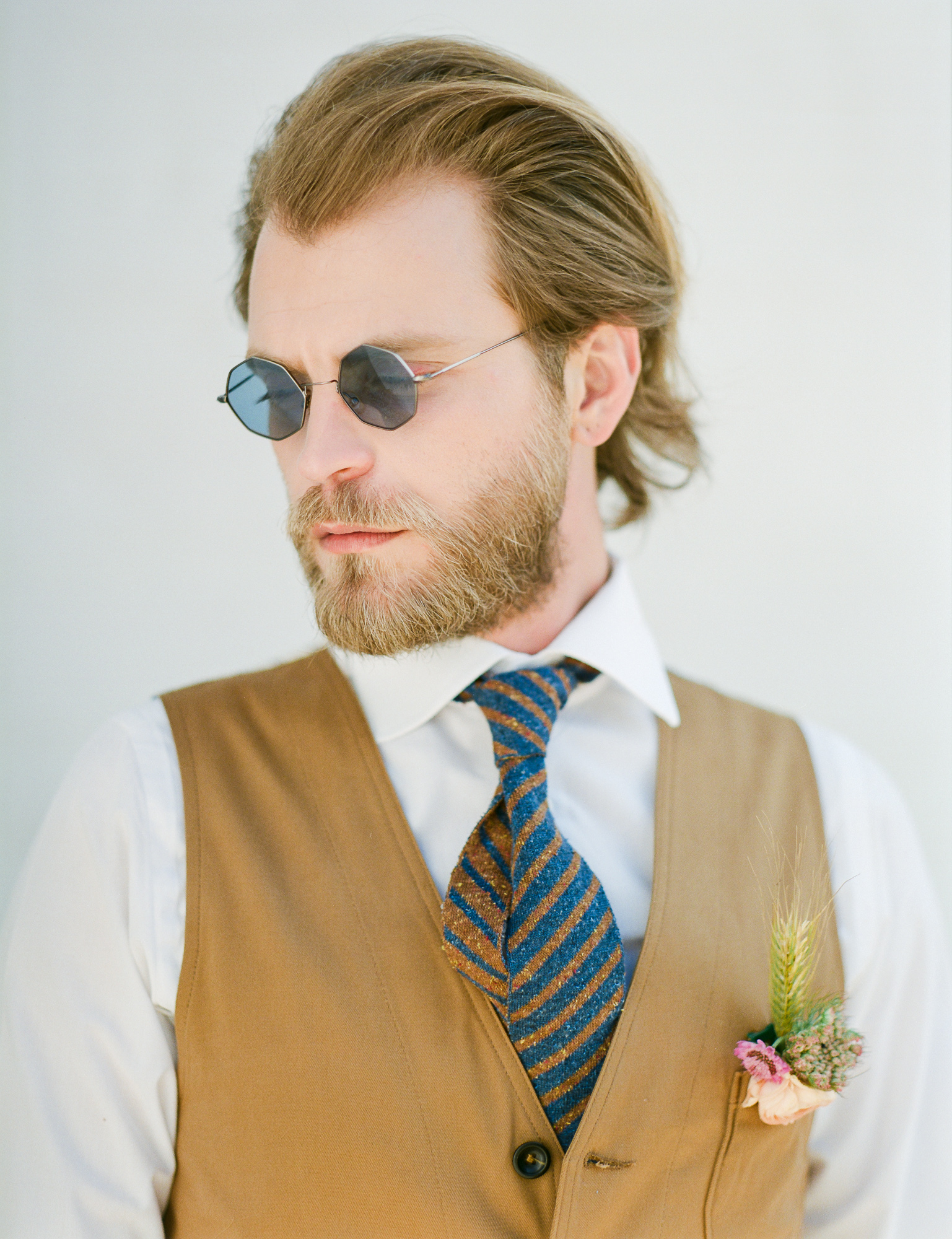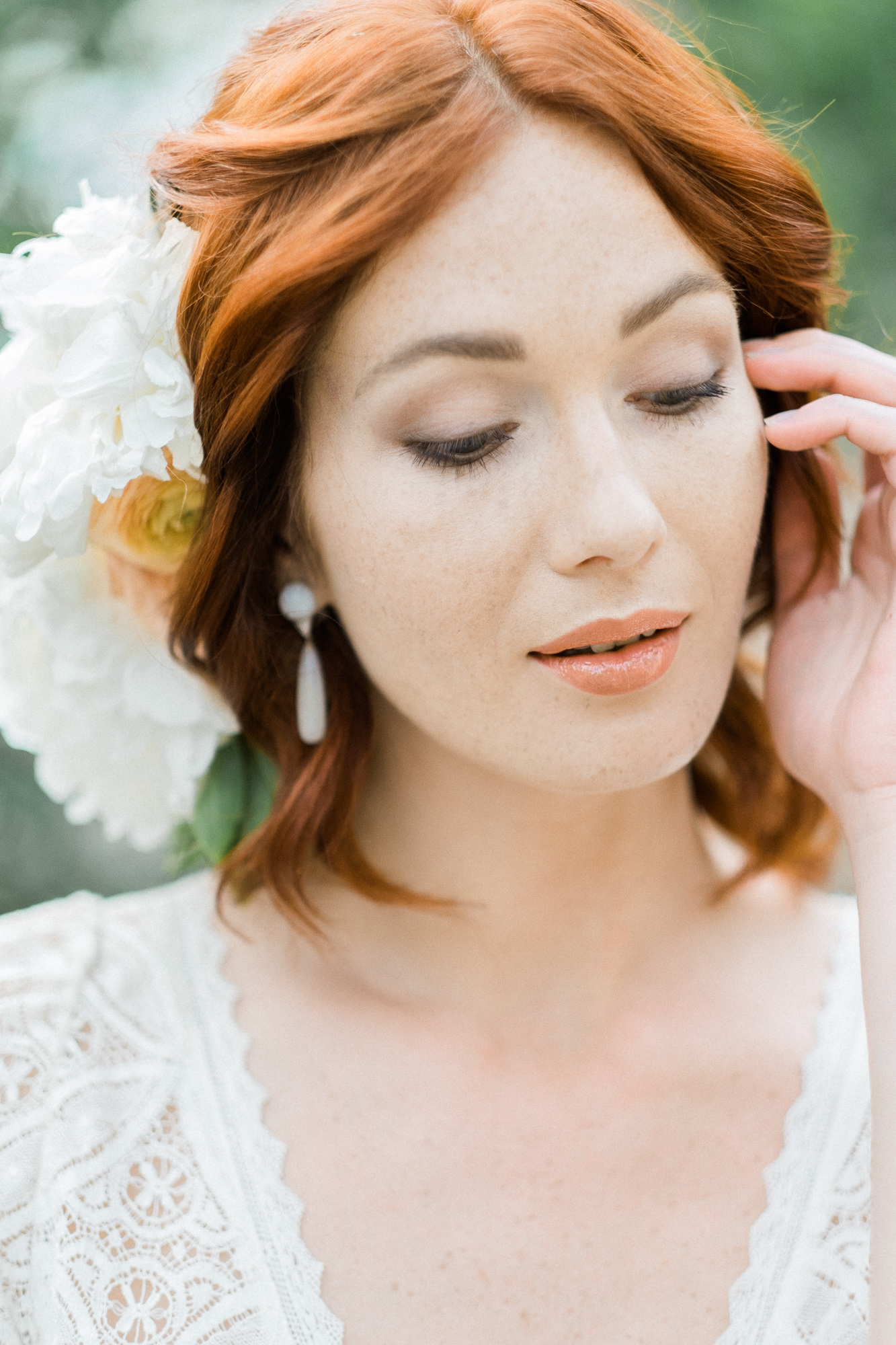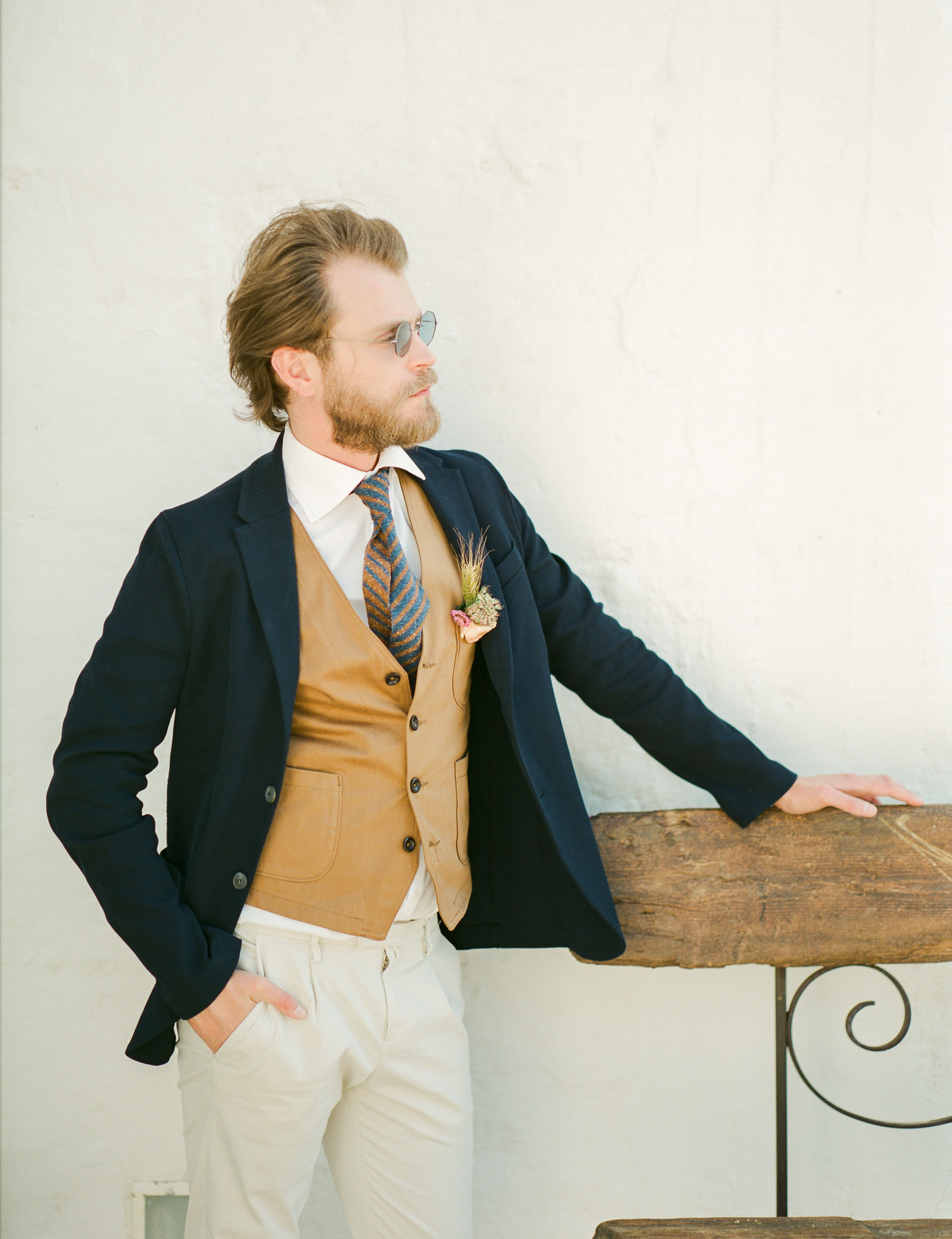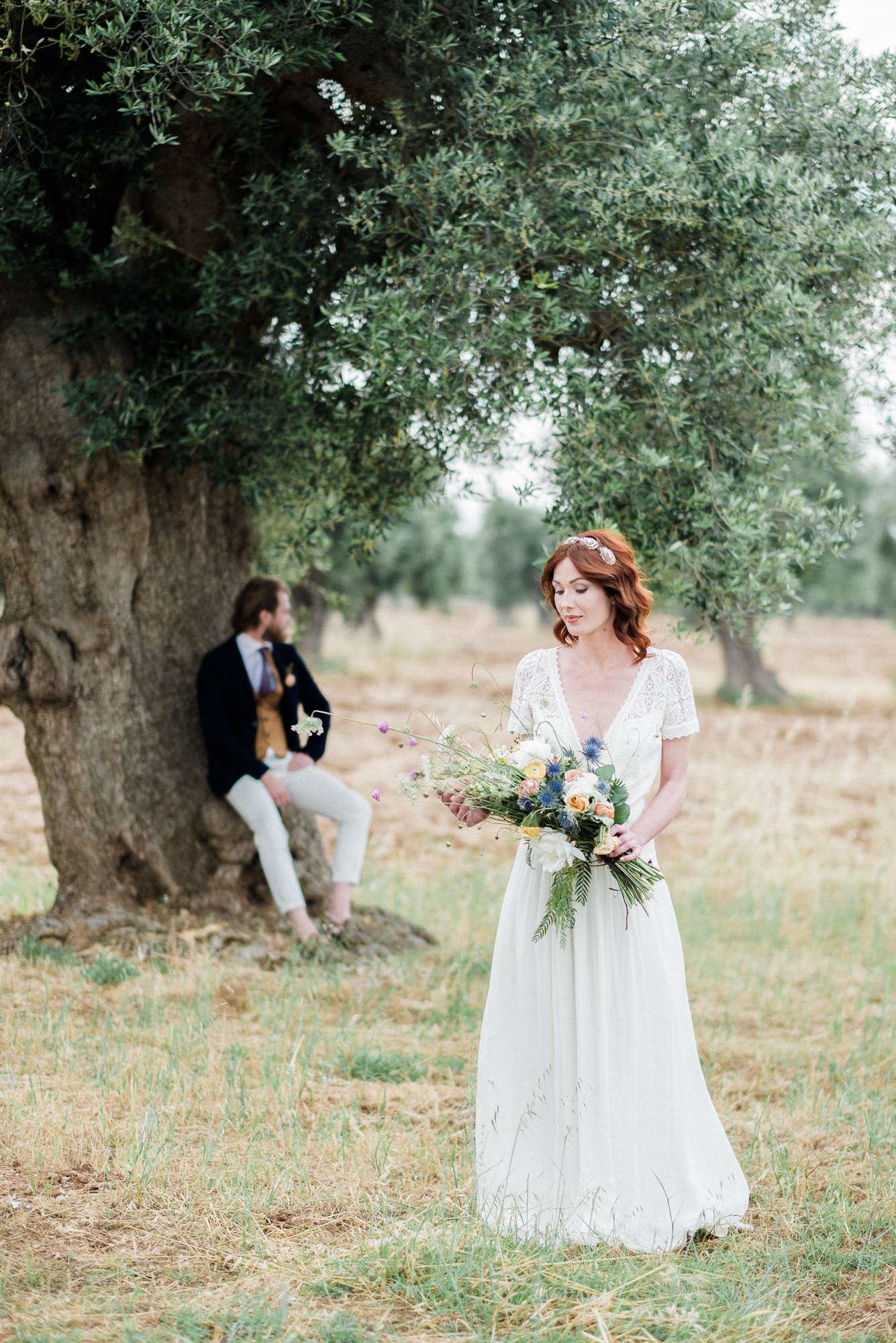As a guy who started shooting 30 years ago, I obviously used film and learned how to develop and print it, and I’m obviously nostalgic about it. However, like most of my colleagues, I also transitioned from film to digital, happily closing that transition around 2015, when I got my first Fujifilm camera, the X100T. Because Fujifilm sensors share just so much in terms of quality and textures with films, finally I felt I wasn’t losing anything.
Despite all of this, one year ago I had to include a medium format film camera in my bag again. The recent trends in photography have brought back film so much that suddenly I started feeling that I had been losing clients just because I didn’t offer the option of film. So, after a little research I found a beautiful, old Pentax 645N with the 105 f2.4 for the 6×7, and a 6×7 to 645 ring adapter. A great combo.
I got a bunch of Fuji PRO 400H films too. The 400H is a nice colour film, gently saturated but with dense contrast. However, if you overexposure it by at least a couple of stops, which basically means treating it like it was a 100 ISO instead of a 400, it softens the contrast and becomes lovely and smooth. Being a medium format film, even at 400 ISO it is not too grainy, but has nice textures and gentle transitions.
As I said, with my Fujifilm gear, I was finally happy to leave film behind but the market had me using film again. So, do my Fujifilm cameras and lenses really compare to such a giant of the medium format age? I had to say I was really interested in seeing if my Fujifilm gear would actually live up on their name and the myth of being the true heir of the film. So, at a wedding-fashion shooting I had in the South of Italy last summer (about which I already wrote in depth last month), I put some effort in using the Pentax 645N side by side with my X-T20 coupled with the XF56mmF1.2.
The 105mm on a 645 body is sort of equivalent to an 85mm on a 35mm body, which is sort of equivalent to a 56mm to on an APS-C body. These equivalences have always to be taken with a pinch of salt, especially because the APS-C sensor has a different ratio compared to the 645. In fact, 645 stands for 6×4.5 cm, with a ratio of 1.3, where the APS-C and the 35mm share a ratio of 1.5. It may seem a little difference, but it results in the medium format having a larger frame that allows for more of the subject to be included. So, you see, the medium format 105mm is like our 56mm in terms of perspective, but in terms of framing it is somewhere between the 56mm and the 35mm.
OK, so the lenses sort of match, what about the aperture? Well, the medium format 105mm has a maximum aperture of f/2.4 and, since I was looking for smoothness (and I was forced to pull down the 400H to 100 ISO), I really had to work at max aperture all the time. Now, the XF56mm has this unbelievable f/1.2 of maximum aperture, but how does it compare with a medium format? In a very, very, rough approximation, we could double the aperture to know how the depth of field would compare between APS-C and 645 worlds. So, on the X-T20 I used apertures from f/1.2 to f/1.6 and, as you can see from the results, that was close enough.
The biggest advantage of film photography, and the one that all the film enthusiasts always brag about, is that once the film gets in a good lab, the scans come out already perfect. The work to do on the files is usually close to nothing. How is that possible? Does it mean that film is really superior to sensors? Well, no, or at least it’s not that easy.
It means that by already having choosen the film, the photographer has done more than half of the post production, because the white balance, the colors, the dynamic range, the contrast and the textures of the final photos are almost exclusively dependent on the film used. That’s why there were so many different films in the old days. A sensor, on the other side, has to allow for all the possible white balances, colours, contrast, etc. – it has to be really neutral, really ‘raw’.
And then there’s the lab. The difference between a good lab and a basic lab is the work they put into scanning. With a good scanner and good scanning software (and a good scanning technician), the space for post-production suddenly increases, a lot of ‘mistakes’ can be corrected and some good refinement can be applied. So, when I get these almost-perfect files from my lab, Carmencita Film Lab (based in Valencia, Spain) it is not because film is superior to sensors, but because I did my homework right in choosing and exposing the film, and found a great lab.
But, and this is the question, can I reach the same results with my APS-C digital Fujifilm cameras? After finally comparing the resulting files, I feel I can peacefully say YES, ABSOLUTELY. Of course it takes a bit of work in Lightroom to make the RAW Fujifilm files look EXACTLY like the medium format Fuji scans, but that’s simply because a RAW file needs to be processed twice as much as film for its very nature. But, to me, the final results look so much alike that it would be difficult to tell them apart if it wasn’t for the obvious difference in ratio.
In the end I have to admit that film still lives up to its myth and I am more than happy to have it added to my ‘bag of tricks’. On the other hand I’m really happy to see how my Fujifilm digital gear lives up to its myth of being able to produce excellent film-quality results. By the way, the Fujifilm that makes this gear is the same that made and still makes the film. As they say, the apple never falls far from the tree…


























